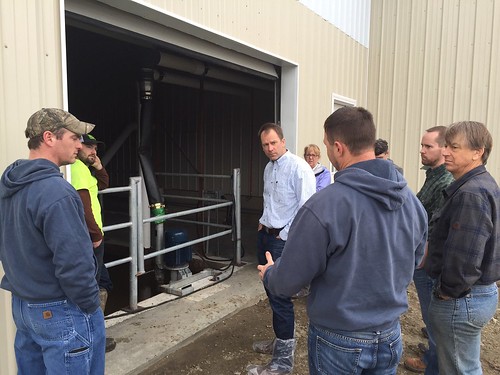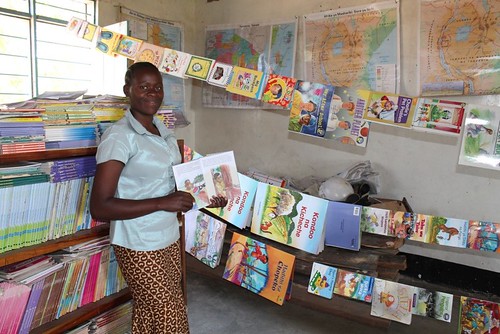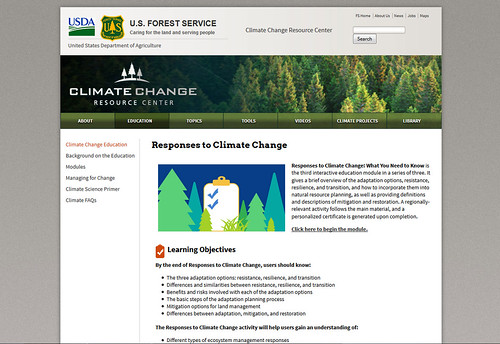By Sydney Straschnov, American Forests
 This planet is home to a complex, biodiverse ecosystem that relies on the presence of every species, from algae to the blue whale, to maintain itself. If even one species within an ecosystem becomes extinct or leaves that habitat for one reason or another, that whole territory is in trouble.
This planet is home to a complex, biodiverse ecosystem that relies on the presence of every species, from algae to the blue whale, to maintain itself. If even one species within an ecosystem becomes extinct or leaves that habitat for one reason or another, that whole territory is in trouble.
The most extreme examples of ecosystem disruption can be seen when the apex predator(s) no longer reside in a region. Why is this the case? Here, I will explain the crucial role that apex predators play within some of our forest ecosystems, and offer a list of documentaries about these animals that provide insight into their lives.
What Is an Apex Predator?
Otherwise known as an alpha or apical predator, apex predators are those at the top of the food chain. These species have no natural predators to whom they are considered prey; however, many of their populations have reached such low numbers that they are considered endangered. How has this happened?
Humanity has had numerous impacts on these animals, from climate change and deforestation destroying habitats, to hunters killing animals for furs, teeth or for sport. Many species are now being raised in captivity, preparing for the day that their wild siblings die out completely.
Examples: Lions, Sharks, Tigers, Bears, Crocodiles, Wolves, Killer Whales, Bald Eagles
Why They’re Important
Apex predators maintain the health of the environment in which they live. By keeping the population of their prey down to a manageable size, as well as moving them around to utilize the expanse of their territory, apex predators ensure that their ecosystem’s resources aren’t exhausted, allowing young saplings to mature and grassy pastures to remain lush. This, in turn, keeps erosion to a minimum, reduces runoff into rivers and diminishes flood damage.
Want to learn more about these species? Here are 10 documentaries that present more information about apex predators and the threats they face.
Top 10 Documentaries
10. “Anaconda: Biggest Killer Snake”
Although rarely seen, the anaconda is one of the largest predators in the world — and one of the deadliest. Still, as this National Geographic documentary presents by tracking the lives of these jungle snakes, there are dangers that even these giants can’t escape.

9. “Leopard Fight Club”
Follow the life of a young leopard named Jack as he fights for survival, facing threats such as hyenas, lions, as well as other leopards. While giving viewers an inside look into the secret lives of these mysterious big cats, this film also leaves you on the edge of your seat, wondering if Jack will live to see another day.

8. “Tiger Queen”
“Tiger Queen” is a National Geographic documentary focusing on the lives of a family of tigers in northern India’s Ranthamhore National Park. This film gives viewers an inside look into tiger society.

7. “Grizzlies of Alaska”
Alaska is home to one of the densest populations of grizzly bears in the world, and in this BBC film Biologist Chris Morgan spends a full year living among them to better understand these amazing giants. Trailing a mother and her two cubs, he experiences the hardships and triumphs of a grizzly’s summer life in the Alaskan wilderness.

6. “Lion Warriors”
Follow the conflict between the Maasai warriors of Kenya and the lions that also call the area home, as both struggle to survive in the shadow of Mt. Kilimanjaro. The Maasai have been killing the lions that attack their livestock for hundreds of years, but now conservation efforts to protect the dwindling lion population are attempting to change the dynamic between these two predators.

5. “Lions: Spy in the Den”
With never before seen footage, viewers are given a look into the lives of lions as they grow from cubs to adults. A part of a series by the BBC, special spy cameras allow film makers to get up close and personal with powerful predators all over the world. (Other films in this series include “Tiger: Spy in the Jungle” and “Bear: Spy in the Woods”)

4. “American Eagle”
A national icon in more ways than one, the bald eagle is an amazing aerial predator whose private life in the wild has remained a mystery for many years. Neil Rettig, an award winning cinematographer, decided to learn more about these birds, studying and cataloguing their way of life and celebrating their return from an endangered species to boast a population of around 70,000 in the United States.

3. “The Snow Leopard Attacks”
This elusive cat is revered for its ability to live and thrive in the harsh landscape of the Himalayas and is known as one of the most difficult creatures to document. Hugh Miles and Mitchell Kelly set out to find and film the mysterious snow leopard, a feat that took four years in the bitter cold, but resulted in some amazing footage. Accompany them as they search for the big cats and in the process learn much about the animals and their way of life.

2. “Ice Bear”
This film follows the journey of the Hudson Bay polar bears, one in particular dubbed “Ice Bear,” as they contend with the melting of their home. During the summer months, when the ice disappears, bears populating the Hudson Bay in Canada must cross the vast body of water to reach the mainland in order to survive. Yet, with every year their chances of survival dwindle, as the ice melts a little earlier leaving the bears stranded and forcing them to make the long swim with less and less food.

1. “Wolf Pack”
“Wolf Pack” is a stunning film covering the lives of Yellowstone National Park’s new population of wolves that were introduced to the park in 1995, after nearly 70 years of the predator being absent from the area. The wolves were hunted to extinction back in the 1930s, and their annihilation and reintroduction is the greatest example of how important apex predators are to their environment. (Another wonderful documentary covering Yellowstone’s wolves is “Expedition Wild: Inside The Wolf Pack”).







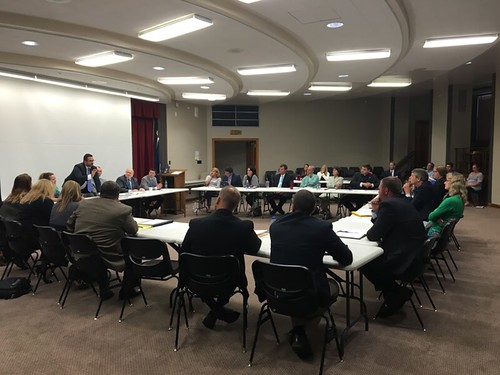
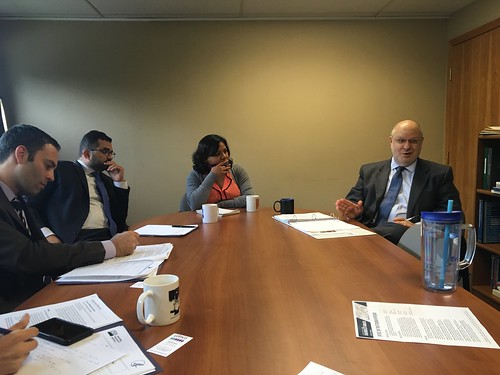


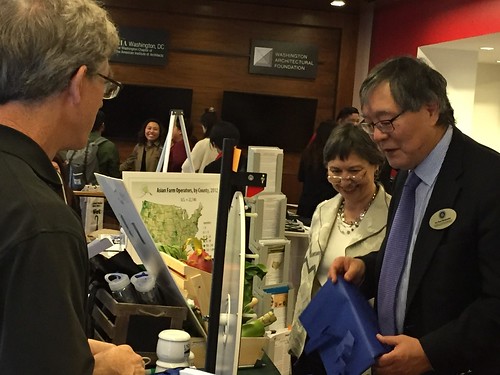



 This planet is home to a complex, biodiverse ecosystem that relies on the presence of every species, from algae to the blue whale, to maintain itself. If even one species within an ecosystem becomes extinct or leaves that habitat for one reason or another, that whole territory is in trouble.
This planet is home to a complex, biodiverse ecosystem that relies on the presence of every species, from algae to the blue whale, to maintain itself. If even one species within an ecosystem becomes extinct or leaves that habitat for one reason or another, that whole territory is in trouble.










